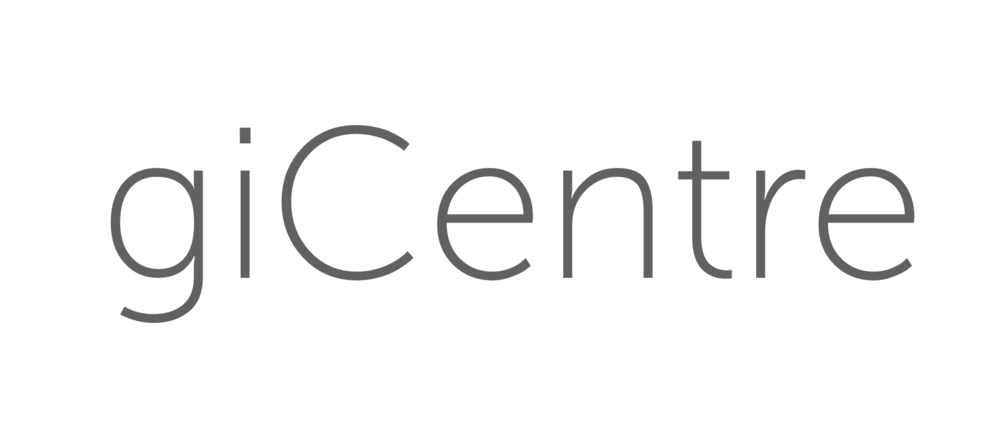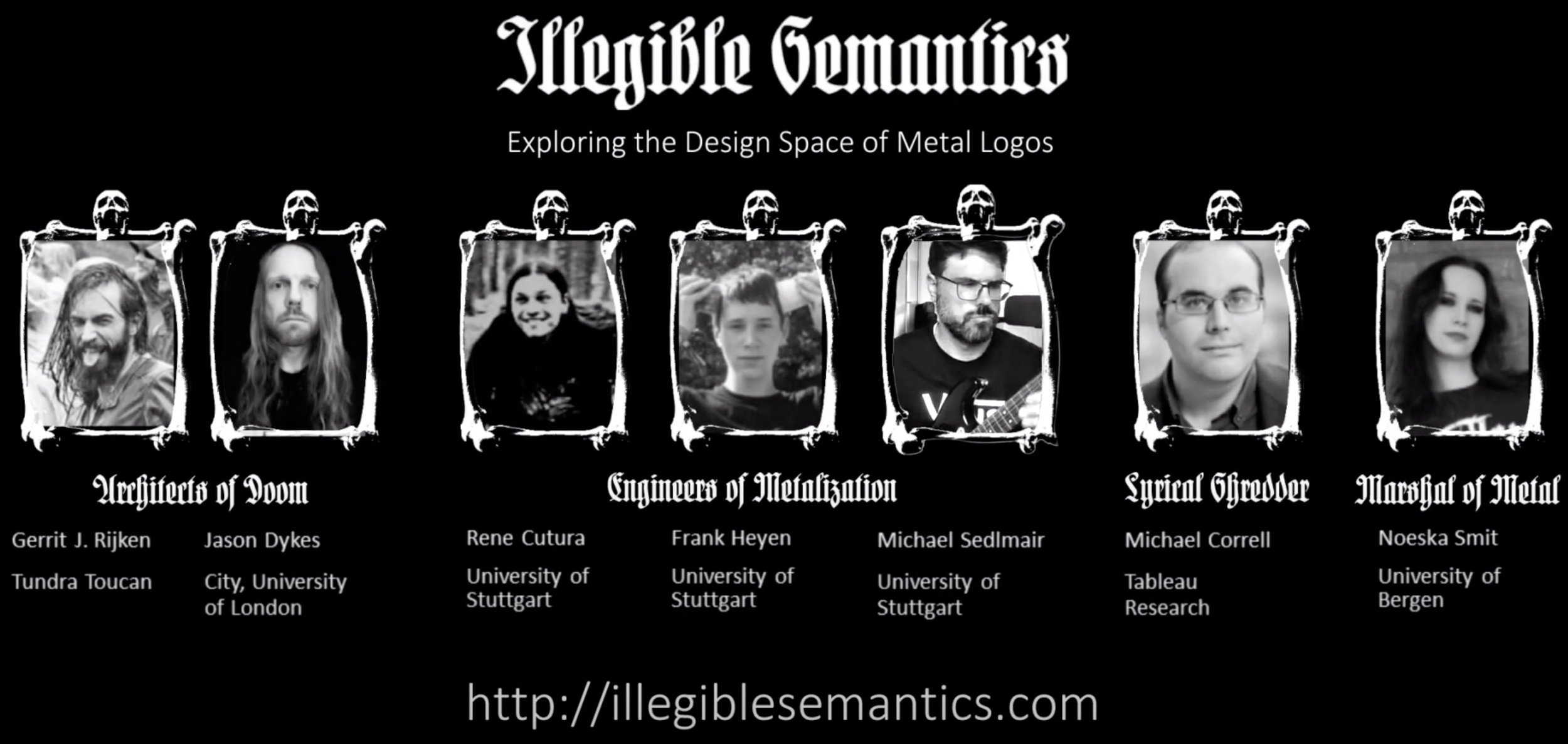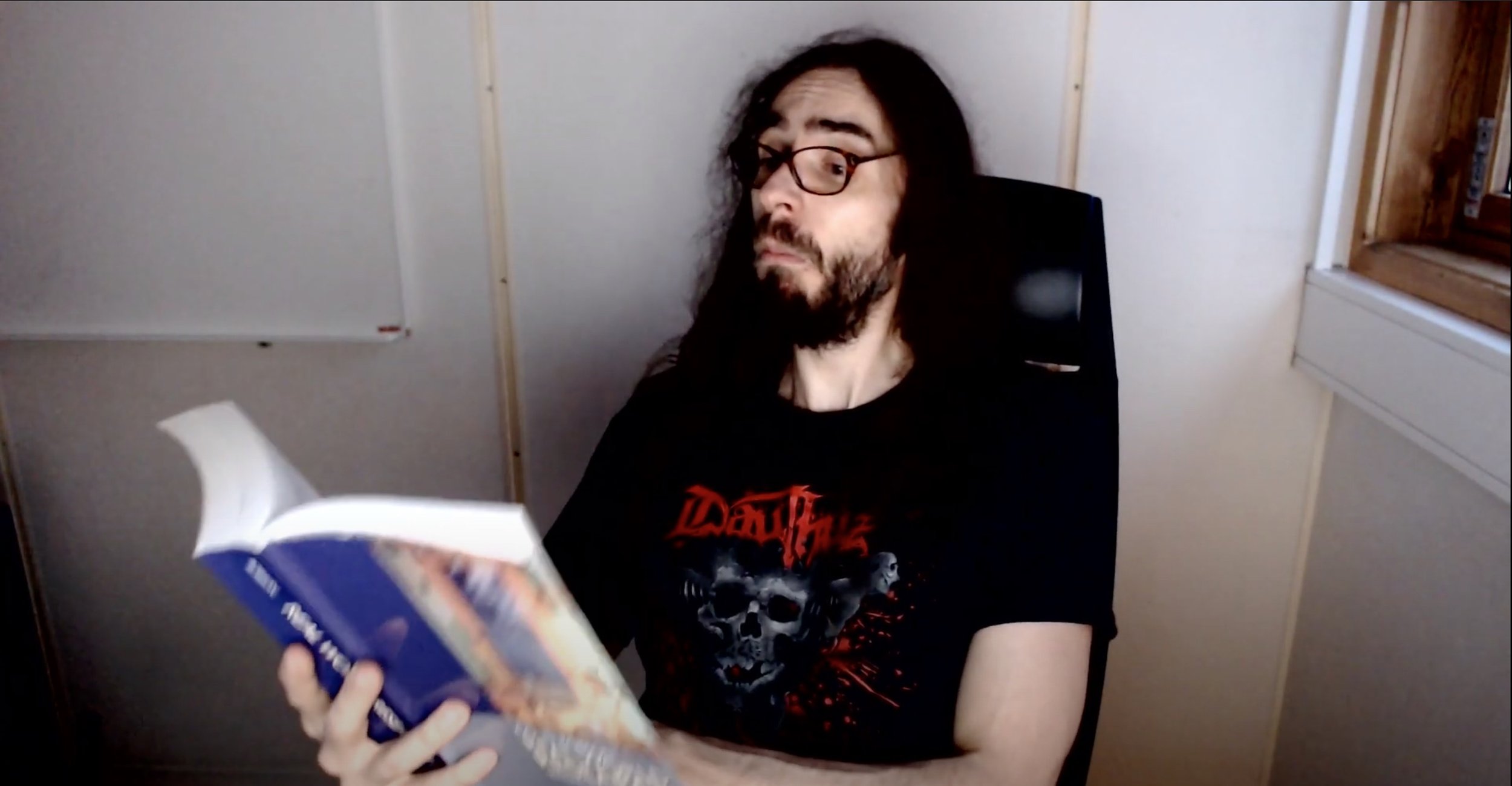Jason’s work with colleagues in Norway, Germany and the US was presented at the IEEE VIS fringe event alt.vis - “a forum for controversial, risk-taking, and boundary pushing research”.
The ‘Illegible Semantics’ paper looks at the relationships between the readability of text and its decoration with styling and flourishes that reduce readability but convey important information.
This exploration is focussed on the logos of heavy metal bands. It is driven computationally from a large database of logos and humanistically with reference to Gerrit Rijken, a logo designer whose practice is captured in the model that is produced.
The paper attempts some humour, but is also serious about the need to take ‘alt’ perspectives and experiment with design practice and guidelines to inform innovative, useful and inspiring visualization.
It was delivered Gerrit - aka logo designer TundraToucan. The video presentation is online and was well received at the conference.
The MetalVis tool and associated materials are also online.








